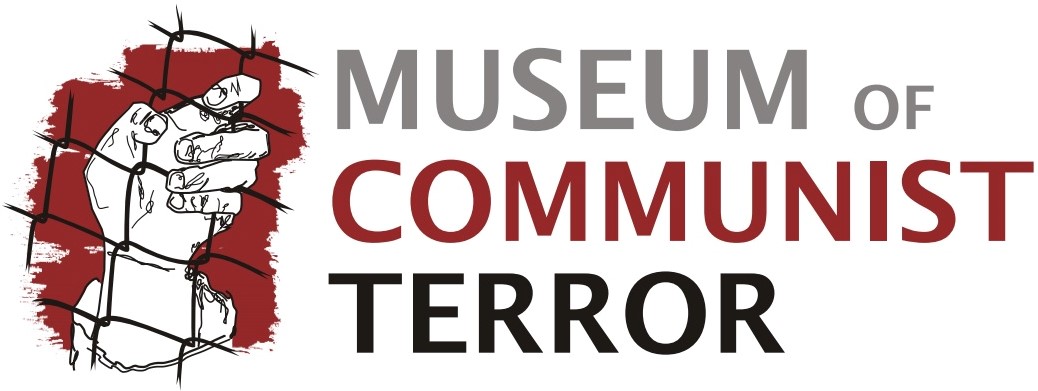The Great Terror was the torture, execution and/or imprisonment of more than 1.5 million people by Stalin between 1936 and 1938. It was designed to consolidate Stalin’s personal control of both the Soviet Union and the Communist Party. Nobody could be sure of being safe from arrest in the middle of the night followed by torture, execution or being sent to a Gulag camp. Consequently most people who valued their lives did not dare oppose Stalin in even the slightest way.
The pretext for the Great Terror was the assassination of, Sergei Kirov,1 a senior Communist, in December 1934.2 Many believe that Stalin himself ordered the assassination but he used it to increase his control, claiming he needed extra power to counter enemies of the regime. He put through a decree giving the secret police, then called the NKVD, the right to arrest, try, and execute at will.3 Since he had personal control of the NKVD, he effectively gained the power to order the killing of anyone he chose. Hundreds of people were executed for their direct involvement in the Kirov assassination alone and most, if not all, had nothing to do with it. Hundreds of thousands more were executed for being associated with the supposed conspiracy that lay behind the event.4
The man who disappeared. In the top picture, Yezhov, the organiser of the Great Terror, appears on Stalin’s left. But Stalin later removed Yezhov from his post and had him executed. Stalin then had Yezhov removed from this photograph so that people would not be reminded that that he had been Stalin’s close associate.
Stalin held three public “show trials” in Moscow. The accused were referred to as “Trotskyists”, “right-oppositionists” and other such tags that indicated they were opposed the officially approved line of the Communist Party. In these “show trials” many defendants confessed their crimes. But these were forced confessions. They were tortured until they agreed to confess to things that had not done and forced to implicate others. Sometimes they were promised that they would not be executed if they confessed or that their families would not be killed or sent to Gulag camps.
Stalin personally signed off lists of hundreds of the more important people who were to be shot such as the “shooting list” of 26th July 1938.5
The height of the purge occurred during 1937-38 and was also known as the Yezhovshchina/Ezhovshchina (literally the Yezhov/Ezhov phenomenon) because the head of the NKVD who enforced the Great Terror was Nikolai Yezhov. But official documents discovered later show that Stalin was in complete control of Yezhov’s every move.6 During this time, official records show that the NKVD arrested 1,575,000 persons and of these 681,692 were executed.7 It is highly likely that unofficial executions also took place and many others died during interrogation or transit.8
Yezhov himself was arrested in April 1939 and shot the next February. The Great Terror was so complete that even the man who enacted most of it was executed.
____________________
1. First Secretary of the Leningrad Bolsheviks
2. Conquest, R. (2008). The Great Terror: A Reassessment. 3rd ed. London: Pimlico. p. 37-52.
3. Service, R. (2003). A History of Modern Russia: From Nicholas II to Putin. 2nd ed. Penguin Books. p. 214
4. Conquest, R. (2008). The Great Terror: A Reassessment. 3rd ed. London: Pimlico. p. 37.
5. https://en.wikipedia.org/wiki/Stalin%27s_execution_list_of_July_26,_1938
6. Courtois, S., Werth, N., Panné, J., Paczkowski, A., Bartošek, K. and Margolin, J. (1999). The Black Book of Communism. 2nd ed. Cambridge, Mass: Harvard University Press. p. 190.
7. Ibid., p. 190
8. Kotkin, S. (2017). Stalin: Waiting for Hitler, 1928-1941. Penguin Random House. p. 305



